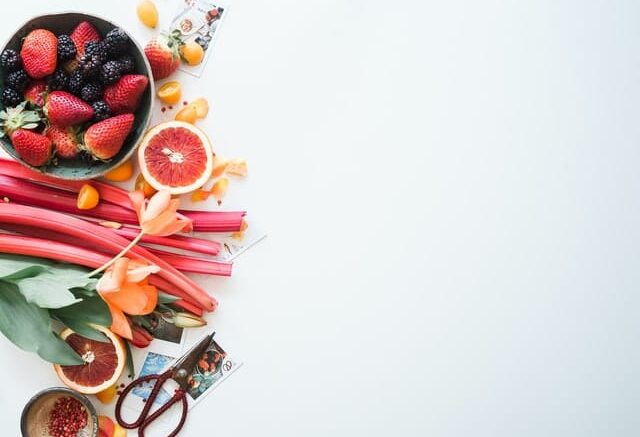Fiber for Constipation – Overview
Fiber has mostly been associated with helping relieve constipation.
The body is unable to digest this carbohydrate derived from fruits and vegetables as well as in legumes, whole grains, and seeds.
The indigestible parts get absorbed by the stool, helping it pass with ease. But there are many more you need to know aside from consuming fiber for constipation to fully understand how this food can help you relieve your digestion problem.
Are All Fibers Equal?
Fiber for constipation varies on whether they are soluble in water or not. There are soluble fibers, which help slow down the digestion process to allow the body to get more nutrients from the food you eat.
There are also insoluble fibers, which gather water to further add bulk to your stools, facilitating their movement through the digestive tract.
You can find lots of soluble fiber in grains such as wheat, barley, and oats, and in some fruits, such as strawberries, and apples. If you want to find fiber for constipation, eat more seeds, don’t remove the peels of fruits and vegetables, and consume more cereals.
Consider also that wheat works as a natural laxative, while cereals have fibrous cell walls that slow down digestion as they collect more water to add bulk to stools.
Incorporate more veggies and fruits into your diet. The fiber derived from legumes and fruits promotes healthy bacteria growth in the gut. This makes stool easier to pass, which, in turn, also promotes a healthy digestive system.
How Much Is Too Much Fiber?
Men at 50 or younger should consume 38 grams of fiber every day, while women in the same age bracket should eat 25 grams daily.
However, Americans only take about 15 grams of fiber daily, which is much lower than the recommended daily requirement. Of fiber intake.
To get to the recommended daily fiber consumption, you have to eat at least two cups of apples, berries, broccoli, beans, citrus fruits, carrots, and peas. To avoid discomfort and excessive gas, there should be a gradual change in how much fiber for constipation you eat.
But in some cases, eating fiber may worsen constipation.
A study involving 63 people with chronic idiopathic constipation found that cutting down on their fiber consumption or scrapping it from their diet helped manage their symptoms.
This has also been the case for some people with irritable bowel syndrome (IBS) because many fiber-rich foods also rank high in FODMAPS, which only makes the IBS symptoms worse.
But fiber also has proven health benefits, so make sure to talk to your doctor first before deciding to pursue a low fiber diet.
How a High-fiber Diet Can Help
Maintaining a fiber-rich diet has its benefits, which makes it worth trying. For one, it helps normalize bowel movements.
Dietary fiber works because it adds to the stool’s size and weight while softening it in the process, allowing it to move with greater ease through the intestine. Bulky waste is easier to pass, lowering the risk of constipation.
Fiber can make watery and loose stools more solid as it helps the waste absorb more water and weight.
Fiber for constipation also promotes bowel health. A fiber-rich diet may lessen the risk of diverticulosis, colorectal cancer, and hemorrhoids.
How to Consume More Fiber for Constipation
If you want to raise your fiber consumption to the daily recommended amount, here are some tips to follow:
- Eat a fiber-rich breakfast, one with at least 5 grams of fiber. You may fill your pantry with more whole-grain cereal or wheat bran, for example.
- Whole grains are your digestive system’s friend. Choose bread with whole grain, whole wheat flour, or whole wheat as a primary ingredient. Cook more wild rice, brown rice, bulgur wheat, or whole-wheat pasta. When you bake, use whole-grain flour. Incorporate more uncooked oatmeal, unprocessed wheat bran, or crushed bran into your cakes and other baked goods.
- Introduce more legumes to your diet. You’ll get lots of good fiber from lentils, peas, and beans. If you love nachos, try to eat them with whole-wheat tortilla chips, refried black beans, salsa, and fresh vegetables.
- Put more servings of fruits and veggies on the dining table. At least five servings of fresh produce can give you a good boost in fiber.
- Snack on high-fiber foods. Some excellent examples would be raw veggies, fresh fruits, whole-grain crackers, and more.
Conclusion
Fiber for constipation works, but you need to gradually increase your fiber consumption to prevent discomfort, bloating gas, and cramping.
Introduce more fiber within a few weeks and observe how your body responds to it.
This gradual change in your fiber intake can also help the good bacteria adjust to the said change. Combine this with drinking more water and it will render the fiber more effective in helping pass waste more quickly.
